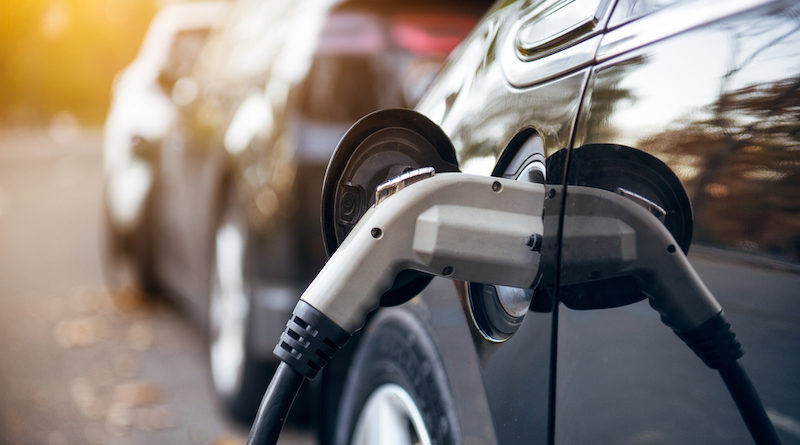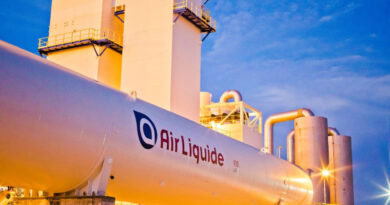
Developing Clean Mobility for a Climate-Neutral Europe
Transport has enabled us to explore and learn about the world around us. It has also connected people and businesses, strengthened relationships and generated economic growth.
The European Green Deal sets the ambition of making the EU climate-neutral by 2050. For transport, this means cutting emissions by 90% compared to 1990 levels.
There is no doubt that this will be challenging. But there are also opportunities. I see the target as our growth plan for the years to come. Our Sustainable and Smart Mobility Strategy translates the goals into policy plans, setting out the roadmap to sustainable and smart transport, and we have already presented the first package of regulatory reforms designed to put us on the right track.
They focus on the uptake of sustainable fuels in aviation and in maritime. The proposals create the enabling framework needed to incentivise the market so that it supports sustainable choices. They are also designed to ensure the Single Market continues to function as it should.
We need a technology-neutral framework that supports industry to find the most suitable solutions in terms of the fuels used, while boosting the uptake of zero- and low-emission vehicles, renewable and low-carbon fuels and related infrastructure for all transport modes.
In road transport, there is considerable market momentum for battery-electric vehicles, and yet vehicle uptake remains highly concentrated in a few European markets, as is the deployment of publicly accessible recharging infrastructure. Some 70% of that infrastructure is shared between the Netherlands, France and Germany. If one were to drive across Europe in an electric vehicle, the absence of a Single European Transport Area would sadly be all too evident. This has to change.
Hydrogen is a valid alternative, but the update is still limited. While some Member States project great ambition for rollout, many have no rollout strategy in place. In 2020, 125 hydrogen stations were in operation, again mainly in just a few countries.
We intend to change that, by ensuring that electric and hydrogen vehicles can move smoothly across Europe, without having to worry about whether a charging point is available, and whether it can be accessed.
Concretely, fleet-based targets will ensure that for each zero-emission car registered in a Member State, 1 KW in charging capacity is installed. Fast recharging points must also be installed every 60 km along the TEN-T core network by 2025, and on the TEN-T comprehensive network by 2030.
For hydrogen refuelling stations, we would like to see at least one station every 150 km along the EU’s transport network (TEN-T) by 2030, and in every urban node serving both light and heavy-duty vehicles.
These targets are also essential for the sector, which requires a sufficient amount of recharging and refuelling infrastructure in order to convince consumers to buy zero-emission vehicles.
TEN-T ports – maritime and inland – will be required to install on-shore power supply, while airports must ensure electricity supply for stationary aircraft.
Running planes and vessels on clean fuels is more challenging as options are limited and it is not possible to simply replace today’s fleet from one year to the next. The aviation sector is also still recovering from the COVID-19 crisis.
This means that the path towards sustainability for aviation relies upon a basket of measures – market-based measures (like our emissions trading system), innovation, new types of aircraft powered by green liquid hydrogen as well as electricity, more optimal flightpaths and other new innovative solutions. But this will still not be enough. For aviation, the key will be Sustainable Aviation Fuels (SAFs).
SAFs are effective and technologically ready. But uptake is currently very limited: only about 0.05% of the fuels used for European aviation today are sustainable fuels, and they are produced outside of Europe.
We need a strong policy push that does not affect the competitiveness of EU aviation.
FuelEU Maritime in turn aims to stimulate an increase in demand for renewable and low-carbon fuels for vessels. Today the sector relies almost exclusively on fossil fuel and operators have had a ‘wait and see’ attitude towards cleaner fuels.
Our proposal will introduce a fuel standard, as well as annual limits for the greenhouse gas intensity of the energy used by ships. These targets start with 2% for 2025 and rise to 75% by 2050.
I believe our proposals strike the right balance between delivering the decarbonisation that the sector needs, while keeping the flexibility and predictability needed for a dynamic sustainable fuels market to thrive. They also complement measures on carbon pricing and energy efficiency.
We must act swiftly and give the right incentives and certainty to industry to invest. Our proposals do this, while putting in place long-term solutions.




